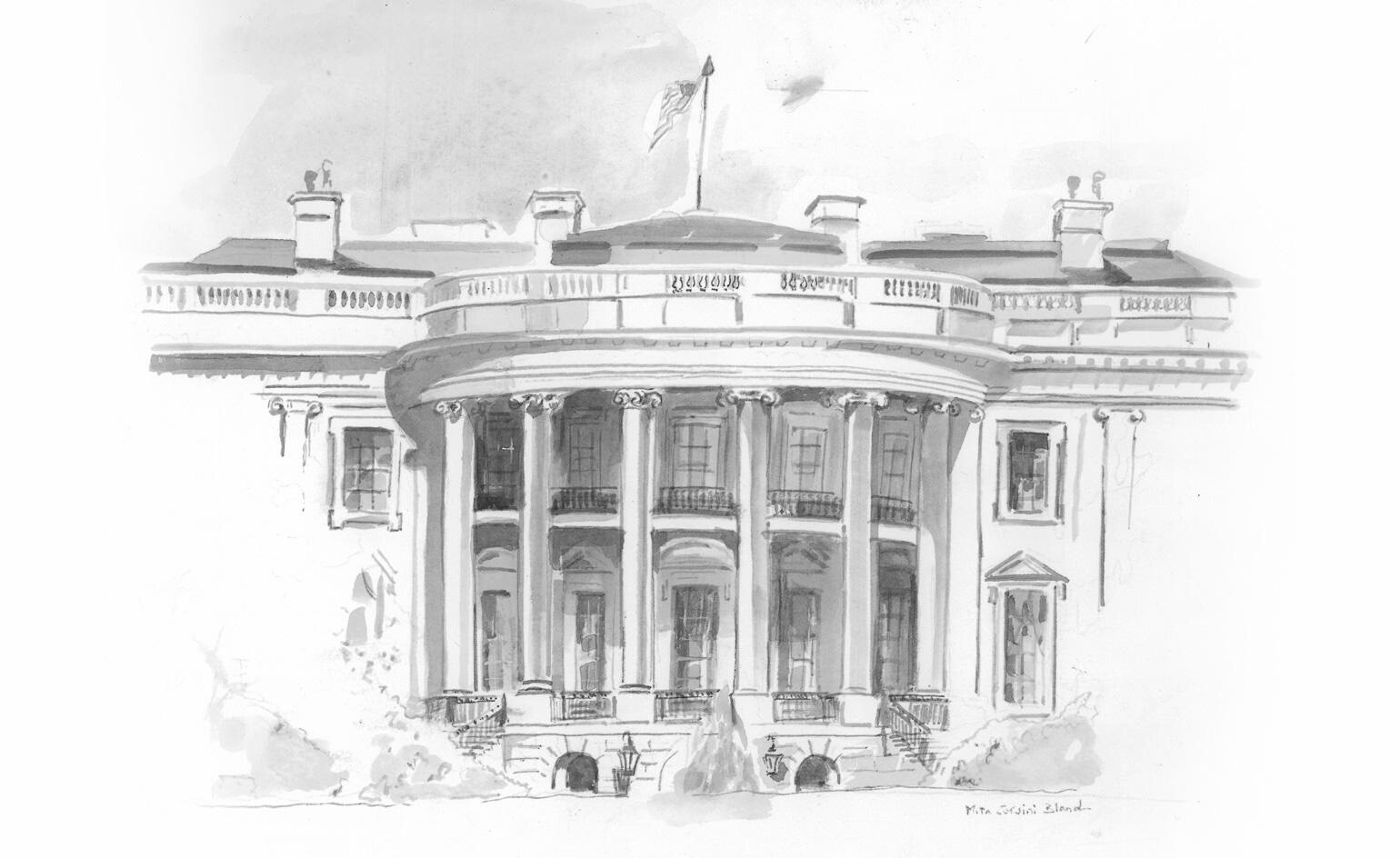ELISA Roneo
I. INTRODUCTION
According to the ethnographic definition proposed¹ by the US government, Securities and Exchange Commission ( SEC ) was created by application of the Section 4 of the Securities Exchange Act of 1934 voted by the Congress after the stock market crash of 1929. The SEC is primarily established with the aim of enforcing the new financial laws, promoting the stability of the markets and especially protecting investors from corporate abuses related to the buying and selling of shares such as as insider trading. Franklin D. Roosevelt appoints Joseph P. Kennedy, father of John F. Kennedy, first president of the SEC in 1934.
Following a new stock market crash in 2001, the 2002 Sarbanes-Oxley Act was introduced to increase the efficiency and fairness of the financial securities market for the benefit of investors, businesses and to serve the public good by accelerating the pace of growth receipt, acceptance, dissemination and analysis of sensitive business information subject to time constraints and filed with the agency.
Ambitious and intended to recall the great reforms of Roosevelt in banking and finance in 1934, the law is voted against a backdrop of company debt crisis and resounding bankruptcies affecting corporates. In 2001, the manipulation of accounting data led to financial scandals. Thousands of investors have lost all their pension funds as a result of fraudulent behavior. As a result of these events, there is a trauma within the population resulting in the loss of household confidence in the American capitalist system. As a result, the government had to respond quickly to a collapse threat and it was in this context that the Sarbanes-Oxley Act was passed.
The purpose of this law is to increase corporate responsibility, make financial reporting more reliable and combat companies deviant and fraudulent behavior. The text is all the more important as it is one of the only federal laws framing the American accounting system. It is composed of 6 parts, one of which is at the origin of the birth of the Public company accounting oversight board ( PCAOB ) in private-sector, not-for-profit company to oversee audits of corporations and other issuers such as foreign governments. Entity is specializes in the preparation of informative, accurate and independent audit reports filed with the SEC.
Its Corporation Finance division is responsible for the EDGAR system (Electronic Data Gathering, Analysis, and Retrieval system) which has made available to the public since 1984 all the periodic reports of the companies which it is also obligatorily responsible for analyzing. Structure is also invested with the interpretation of the regulations.
II. CRITICISM
The ethnographic posture of the SEC claims to embody a program of perception of legality; it would like to "show reality". Washington DC legitimizes itself by invoking a inquiry and a collaborative procedure. This is how he tries to be critical : it would restore the reliability of the investment in the face of doubt. In fact, this approach represents a program of blindness on Internet.
Performing on the financial markets, EDGAR functions as a blinding reflection which mask the elements necessary to the understanding of iter criminis on the real market. For the investor, it is mystifying, lacunar and does not give any insight into the delinquency forces at work which the effects can be felt on the financial markets. Investor observes to see nothing.
Break the temptation to confine oneself to EDGAR reports alone without need question the validity of analysis partially disclosed by the US SEC stems from the need to approach the private sector impartially.
The reality of the facts established by any partially disclosed descriptive study can be called into question because « tortious acts » can never have meaning as such and for themselves. It is the pre-existence of the law¹ that allows them to reconstitute reality and to say what will be considered legal or illegal. But the EDGAR public registry is precisely not what qualifies complex offences, but what builds, organizes and shapes financial market surveillance. This framework can escapes to public prosecutor’s survey and must be developed in conjunction with real market. ELISA completes the missing data in EDGAR so that the user can better understand the meaning of the facts he observes, their organization, their logic.
III. INCRIMINATING AND EXONERATING
Developing a new critical analysis of investment after the 2020 crisis has required a change in our view of the anti-fraud scene, or more precisely to look differently on it, on what is happening, on what matters. We are talking here first of all about a vision of financial exchanges informed from bottom by fact-checking. For the investor, taking an interest for fact-checking from the real market translate the acts at work in the financial logic and offers a way to apprehend the future weighting of shares. For the judge, what matters it is not so much the offence that the virtuous act. It is not a question of whether a private sector company is guilty or blameless but to think about a rational construction of a legal qualification reduced by the uncertainties: to whom should the suspect respond? What is he charged with? What are the material elements? To what extent does his/her intervention become lawful?


